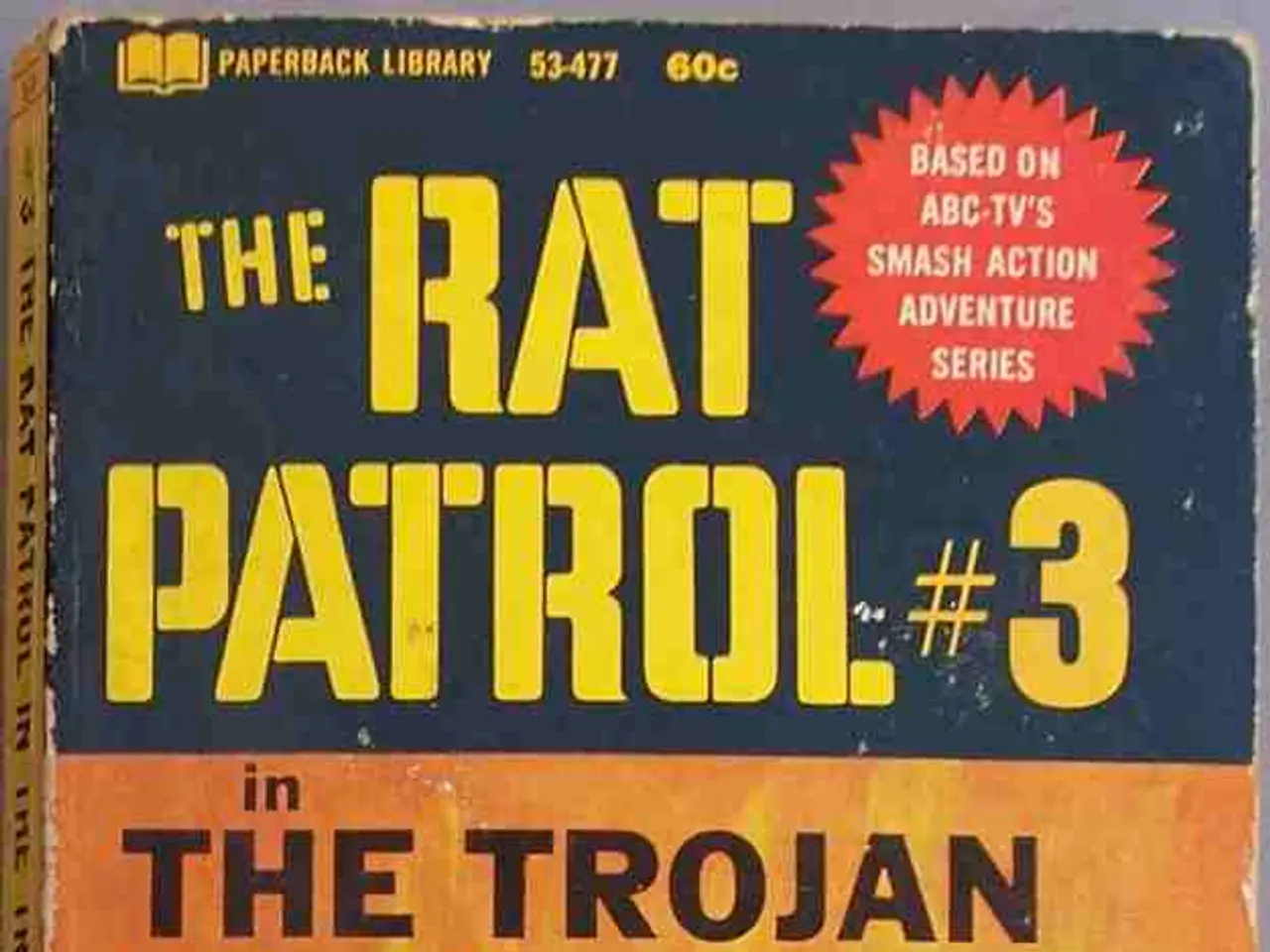"RSS Leader Ram Madhav states there's no cause for concern over General Asim Munir's nuclear threats from the Pak Army"
The relationship between the United States and India has traversed a complex and fluctuating journey, marked by key moments of cooperation and conflict, shaped by global strategic interests and trade policies. Particularly during the Trump administration, tensions escalated over trade tariffs and strategic autonomy, impacting the bilateral relationship significantly.
Starting from India’s independence, the US initially supported India but relations cooled due to India’s Non-Aligned Movement stance in the Cold War and its closer ties with the Soviet Union. The 1962 India-China war was a high point when the US, under President Kennedy, provided military support, but later US tilt toward Pakistan during wars in 1965 and 1971 worsened ties. After decades of ups and downs, the 2005 US-India nuclear agreement marked a positive turning point, but challenges remained.
Under President Donald Trump, the US imposed high tariffs on Indian goods, starting at 25%, with threats to increase further, which harmed trade relations, especially contrasting with favorable treatment given to China and Pakistan. Trump’s administration also criticized India’s "Make in India" initiative, discouraging US companies from manufacturing in India and encouraging them to move production back to the US. These actions were perceived in India as coercion and interference in its sovereign policy decisions.
Strategically, Trump's outreach to Pakistan’s military leadership amid India-Pakistan tensions, and his offers to mediate conflicts involving India, were met with Indian resistance, emphasizing India’s strategic autonomy and refusal to accept third-party mediation. This stance reflects India’s desire to maintain independent policy choices, especially regarding security and regional diplomacy.
RSS leader Ram Madhav and others have highlighted this strain as part of the challenges India faces in balancing its strategic autonomy with evolving US expectations amid a volatile global environment. The disagreements over trade tariffs, bilateral cooperation, and Pakistan-related issues have caused a rollercoaster-like trajectory in the relationship.
In summary, the historical context shows that while US-India relations have grown more multifaceted and cooperative over recent decades, the period around Trump’s presidency was marked by significant trade disputes and strategic friction, testing India's commitment to an independent foreign policy path and challenging the partnership’s stability.
- The 2005 US-India nuclear agreement, despite marking a positive turning point, did not eliminate the challenges that persisted in the relationship, including tensions surrounding global trade policies.
- The Trump administration's imposition of high tariffs on Indian goods, such as those starting at 25%, and threats to increase further, created a challenging environment for the bilateral trade relationship, particularly when compared to favorable treatment given to China and Pakistan.
- India's "Make in India" initiative faced criticism from the Trump administration, which discouraged US companies from manufacturing in India, prompting concerns about coercion and interference in India's sovereign policy decisions.
- India's refusal to accept third-party mediation in conflicts and its assertion of strategic autonomy were emphasized during Trump's tenure, as demonstrated by Indian resistance to his outreach to Pakistan's military leadership amid India-Pakistan tensions.






